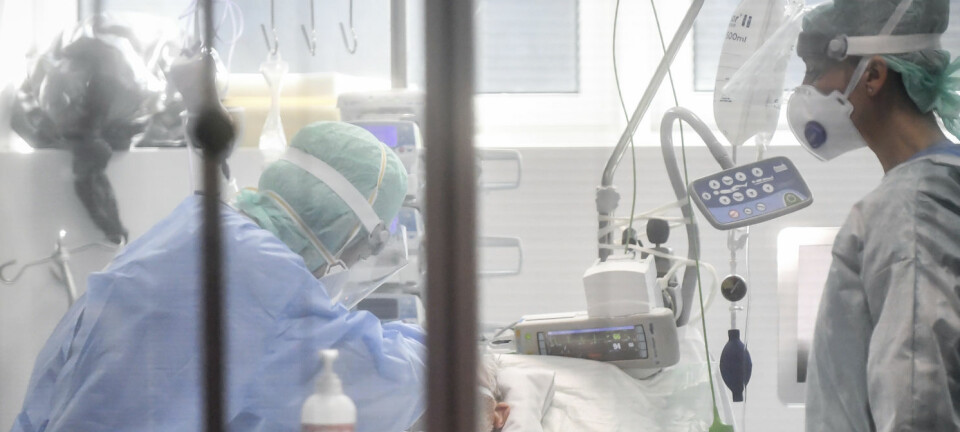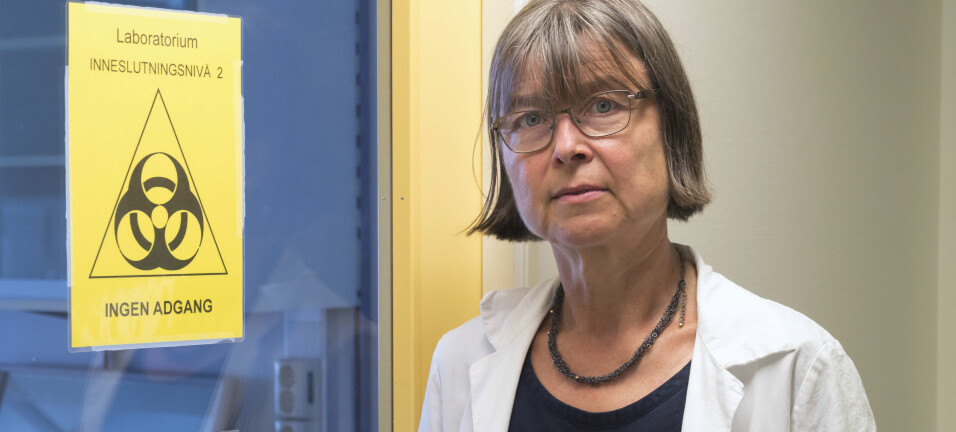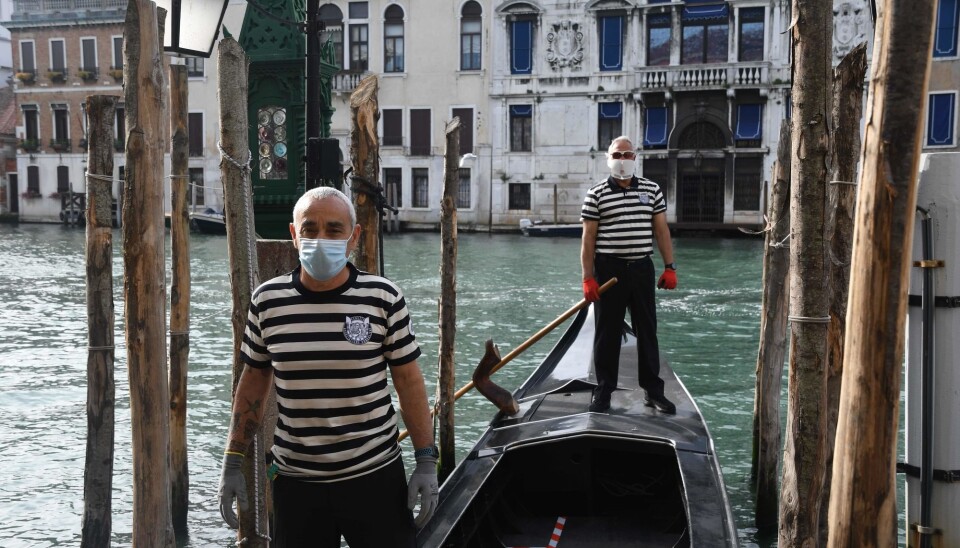
Face masks: Why do different countries in the world have such different recommendations?
Some of the answer to this question lies in the history of face masks and western prohibitions and unease related to the covering of faces in public.
Norway and the other Nordic countries have not recommended the use of face masks in connection with the COVID-19 epidemic. Many other countries have not only recommended face masks, but even made them mandatory in many situations and locations where people meet.
The virus and the available research on the effect of various infection control measures are the same, so why do attitudes differ so much?
Clothes are not just clothes
Clothes fulfil many different functions, and this is also true of face masks and other equipment that partially covers the face.
Balaclavas and cold weather masks are used for protection against the cold. Scarves and shawls are used in desert and steppe areas to protect the face against sand and wind. Diving masks, welding masks and gas masks are specialised protection against water, gas, sparks and heat.In war and sports, the face is often protected against punches or weapons. Medieval plague masks and modern face masks are used for protection against disease and infection.

Clothing can also be used to protect the body from the gaze of others. This is an important function in many religions, but there is also the function of protecting other people from an unpleasant sight, as in the case of an eye patch covering a missing eye.
Clothes can cover the body to prevent identification, or to give the person wearing them a different character or personality. Masks are important in the theatre, religious rituals and processions. This is closely linked to the mask's function as a means of concealing one's identity.
Terrorist organisations can have special clothes that do not only prevent the members from being identified, but also create a group identity. One such example is the pointed white hoods of the Ku Klux Klan (KKK), with holes for the eyes.
But garments can be developed for one purpose and used for something completely different, as in the case of the balaclava, a knitted hat that covers the head and neck, which has been adopted by bank robbers. In connection with the coronavirus pandemic, we have seen many different garments used for infection control purposes, from snoods and scarves to surgical face masks, diving masks and gas masks.
Face masks as protection against infection
Medieval plague masks were used by doctors who tended to and registered plague patients. The plague doctors wore a mask with a long beak stuffed with fragrant materials, as well as a long coat, hood, gloves and high boots.
The practice of using face masks to prevent infection in hospitals started in the late 19th century. It was introduced by the Polish surgeon Jan Mikulicz-Radecki in 1897. He is also known for several other improvements to surgical practice.
During the Spanish flu outbreak in 1918–1920, surgical masks began to also be used outside of a hospital setting. Several American cities legalised wearing face masks in public, which had previously been prohibited to stop the KKK.
Face masks in Southeast Asia
The use of facial masks in Japan and China started during the Spanish flu, but continued after the outbreak was over. Several explanations for this have been proposed. One is that the masks were perceived as modern and progressive, as scientific. Another, more or less opposite, explanation is that the use of masks is linked to old cultural conceptions of an inner purity and outer public impurity. The mask thus becomes a barrier more akin to the plague masks, a protection against symbolic danger.
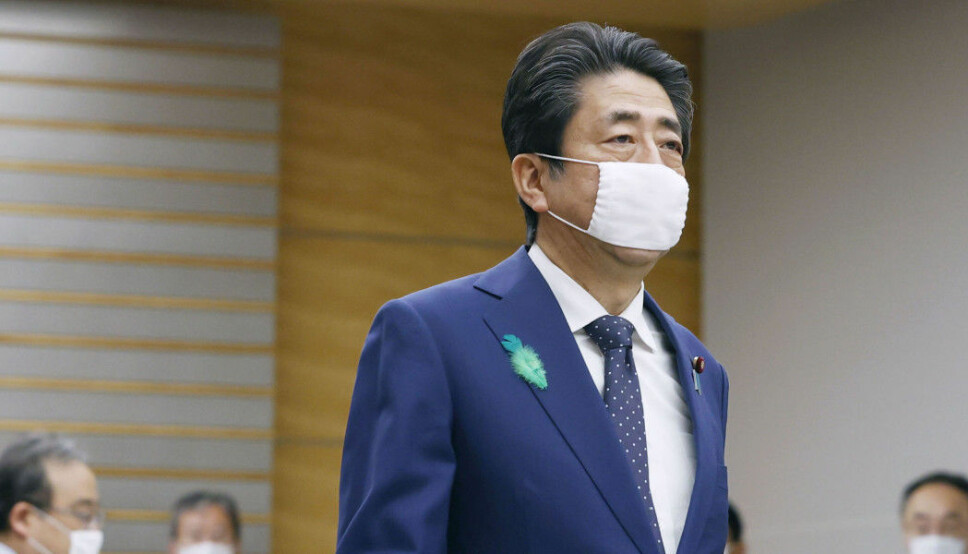
In Japan, the use of face masks declined after the Spanish flu, but they did not entirely disappear, and they quickly became common again during several major flu outbreaks in 1948–1950 and in 1966–1968. They were also used to alleviate increasing allergy and pollen problems in the 1970s. During the SARS outbreak in 2003, the use of face masks increased considerably, and it exploded during the bird flu epidemic in 2004. The masks became a key weapon against the epidemic.
Workplaces are an important aspect of Japanese everyday life, and were important in normalising the use of masks, both through encouraging people to wear masks and ordering masks to be worn also in situations where no infection was spreading. Wearing a face mask is associated with taking responsibility for your own and your family's health, and thereby also for the company's financial situation and the nation's economy. This has been further reinforced through political changes introduced since 1990 that assign more responsibility for political regulation to the individual.
A survey of mask use conducted in Tokyo in 2011 showed that face masks were worn as protection against infection or to avoid spreading infections to others, but also as a general form of protection and as a sign of respect and responsibility. It was considered necessary for people who were ill to wear masks, but also for healthy people standing close together, for example when travelling on public transport. The reasons given for wearing a mask ranged from preventing sun exposure to the wearer not having had the time to put on make-up. First and foremost, face masks had become a natural and integral part of everyday clothing practices for which no reason had to be given – on the contrary, people who did not wear a mask would in some situations have to justify their choice.
Usage in China
The use of facial masks in China follows a pattern similar to that found in Japan in that masks were introduced and became more common during outbreaks of infectious diseases.
A 2015 TV series that focused on the health hazard represented by air pollution in Chinese cities has also played an important role. Awareness of smog and face masks as a possible means of protecting oneself against the air pollution was established and led to a significant increase in the use of face masks.
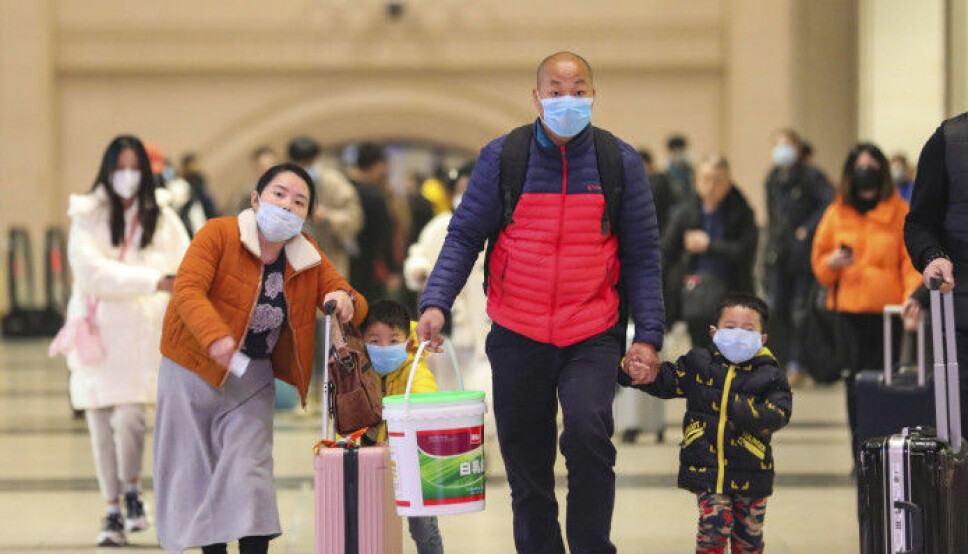
In China, too, this growth is partly explained by referring to older philosophy. In Chinese philosophy, maintaining a healthy body, mind and spirit is closely linked to not falling ill. This is in turn linked to the balance between hot and cold elements – also known as yin and yang. A mask helps to maintain this balance by protecting the wearer from ‘the cold’, which is a much broader concept than simply temperature. Protection against cold, and against air pollution, is an important reason for wearing face masks in China. The mask as such forms an interesting link between the traditional way of thinking, modern Western medicine and the mass-produced products of Chinese industry.
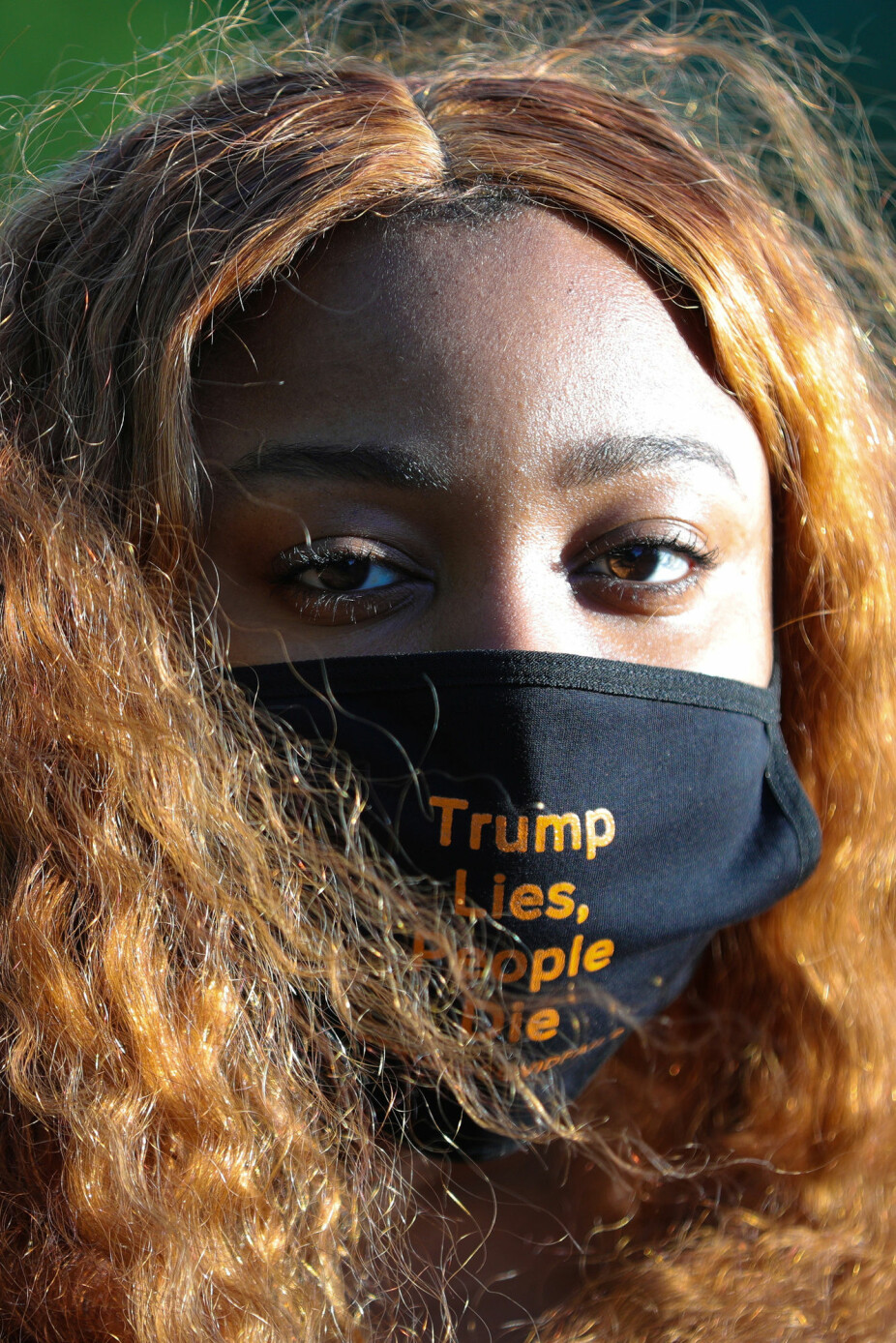
Ban against and disapproval of garments that cover the face
There is no doubt that the burka and niqab have given rise to more debate than any other face-covering garments in recent years, and France was among the first countries to introduce comprehensive legislation. In 2004, France banned people from wearing religious symbols in state schools. This ban was extended in 2011, and, this time, the reason given was not that religion is a private matter, but considerations of security and identification. The ban applies to beaches, schools, theatres, public transport and in the street. Many European countries have introduced similar bans.
In Norway, garments that cover the face are banned in schools and public institutions. The Netherlands has a comprehensive law in place that bans such garments on public transport, in schools, hospitals and public buildings – but people are allowed to wear them in the street. This ban covers all garments that cover the face, regardless of the reason for wearing them, and will thus also apply to motorcycle helmets and similar. Some countries have introduced exemptions for face-covering garments worn for medical reasons.
While the use of face masks in Southeast Asia has been thoroughly studied, there has been little research on the corresponding reluctance to use masks in Western countries. There are some descriptions of Asians who have felt bullied or affected by the ‘burka ban’.
Scientists have conducted a study on barriers to wearing face masks in the USA. Despite the fact that a large majority of the informants believed that they could protect themselves and others by wearing a mask, they were not willing to use face masks. The barriers included everything from others not being able to read their facial expressions to the risk that they could be suspected of planning a crime. The masks were also perceived as unattractive in appearance and uncomfortable to wear.
Many European countries, including Norway, have statutory restrictions in place on the use of garments that cover parts of the face. Eastern Asia faced the pandemic with a population used to wearing face masks and an industry dimensioned to supply them in large numbers. Western countries faced the pandemic with a sceptical attitude, a small textile industry, and little experience of wearing face masks as part of anaa everyday routine to stay fit and healthy.
Just like face masks can consist of many layers of textiles, garments can carry many layers of meaning. Scientific disagreement on infection control issues is not the only factor that determines the choice of strategy. Covering the face will always have more than one effect.
———









